1. History of formation
Through the remaining documents and artifacts, including relics in Vinh Long such as the lake relic (Vinh Xuan commune - Tra On), the ancient citadel relic (Trung Hiep and Trung Hieu communes, Vung Liem district) are evidence of an ancient culture that once flourished in this land in the first centuries AD. But then, this culture fell into decline due to the sudden impact of geography - ecology and socio -economy, especially this area was submerged in water after the "sea advance" in the early 7th century, the whole land was deserted. After many centuries, many migrants, from many ethnic groups came to reclaim the land, especially from the 17th century, three ethnic groups: Viet, Khmer and Hoa came to reclaim and make a living.
To prepare for the establishment of the administrative apparatus, Lord Nguyen established Gia Dinh Palace, built Dinh Tran Bien and Dinh Phien Tran in 1698 and assigned Commander Nguyen Huu Canh to organize and implement. In the year of Nham Ty 1732, Lord Nguyen Phuc Tru established the south of Dinh Tran Bien and Dinh Phien Tran as a new administrative unit, Long Ho Dinh, Chau Dinh Vien.
Long Ho headquarters was located in An Binh Dong village, Kien Dang district, commonly known as Cai Be (My Tho). In 1757, it was moved to the south of Tien river in Tam Bao area, Long Ho village (present-day Vinh Long city).
Dinh Long Ho's territory includes the entire Tien and Hau river deltas, including today's Ben Tre, Tra Vinh and An Giang provinces.
After 1749, Dinh Long Ho was expanded, merging the lands of Long Xuyen, Kien Giang, Tran Di (Minh Hai), Tran Giang (Can Tho), a large area from the East Sea to the border with Cambodia, Dinh Long Ho's location is the center of the Mekong Delta.
Le Qui Don wrote: "Dinh Vien district has a population of more than 7,000 people, more than 7,000 fields, the tax for each class is 4 bushels, the tax for the second class is 3 bushels, Dinh Vien district does not plow the fields, weeds are cleared and then planted, one hectare of rice can harvest 300 bushels".
In 1779, Nguyen Phuc Anh decided to change Dinh Long Ho to Dinh Hoang Tran. Dinh Hoang Tran had one district, Dinh Vien district, and three communes, Binh An, Binh Duong, and Tan An. For the convenience of security and order management, the headquarters of Hoang Tran was moved to Ba Lua in Cu Lao Tan Dinh (also known as Bai Hoang Tran), now in Tan Dinh hamlet, An Phu Tan commune (Cau Ke - Tra Vinh). Just a few months later, Nguyen Phuc Anh changed Dinh Hoang Tran to Vinh Tran. The scope of Vinh Tran was narrower than Dinh Long Ho (because it cut off a part of Soc Trang, Bac Lieu, and Can Tho to establish Tran Dinh) and moved the headquarters of Vinh Tran to the old place, Tam Bao (now Vinh Long city).
In 1802, King Gia Long changed Gia Dinh Palace to Gia Dinh Town, then Gia Dinh Citadel (1806), Hoang Tran changed to Vinh Thanh Town, one of the 5 towns belonging to Gia Dinh Citadel (Phien An, Bien Hoa, Vinh Thanh, Dinh Tuong, Ha Tien). Vinh Thanh Town at this time had a population of 37,000 people, 139,932 acres of agricultural land.
On February 22, 1813, the 12th reign of King Gia Long ordered the construction of a citadel and public office in Binh An and Truong Xuan villages of Long Ho village, called Long Ho Citadel (now Ward 1, Vinh Long City). Vinh Thanh town borders Kien Hoa district (Dinh Tuong) to the East, Cambodia to the West, Kien Giang and Long Xuyen (Hau River) to the South, the East Sea to the Southeast, and My Tho to the North. 200 miles from East to West, 350 miles from South to North, including 1 prefecture, 4 districts, 6 cantons, 356 villages.
In 1832, King Minh Mang established administrative units to change towns into provinces. The South had 6 provinces (called Nam Ky Luc Tinh), Vinh Thanh town became Vinh Long province. In 1837, Vinh Long province had 4 prefectures, 8 districts, 47 cantons and 408 communes.
In 1840, Con Dao was merged into Vinh Long province and from here Vinh Long province stabilized its position until the French invasion.
In 1875, France separated Vinh Long province to establish Tra Vinh province; in 1899, they continued to separate Ben Tre province. According to the Decree dated December 20, 1899 of Governor-General of Indochina Paul Doumer, Vinh Long province was one of 21 provinces of Cochinchina. The whole province had 13 cantons and 105 villages equivalent to the boundaries of Vung Liem, Tam Binh, Long Ho, Mang Thit districts, Vinh Long city and Cho Lach (now part of Ben Tre).
After the success of the August Revolution, Vinh Long province at that time consisted of 4 districts: Chau Thanh, Tam Binh, Vung Liem and Cho Lach. To facilitate the resistance against the French, on May 16, 1948, Vinh Long province was merged with 2 more districts: Cau Ke and Tra On (Can Tho) and Chau Thanh district was split into 2 districts: District 1 and District 2, so Vinh Long province had District 1, District 2, Tam Binh, Cau Ke, Vung Liem and Tra On with 63 villages and 217,600 people.
In 1951, Vinh Long - Tra Vinh was merged into Vinh Tra, including 10 districts and towns: Vinh Long town, Tra Vinh town, districts: Vung Liem, Tam Binh, Cai Ngang, Chau Thanh, Cang Long, Tra Cu, Cau Ngang and Duyen Hai (the Saigon government still considered the two provinces Vinh Long and Tra Vinh). In 1954, Vinh Tra province was split into 2 provinces Vinh Long - Tra Vinh, Vinh Long province included Vinh Long town, Chau Thanh district, Cho Lach district, Tam Binh district, Long Ho district. In 1956, Binh Minh district was established. In 1969, Vung Liem and Tra On districts (Tra Vinh) were merged into Vinh Long. During the resistance war against the US, Chau Thanh, Lap Vo, Lai Vung districts, Sa Dec town (present-day Dong Thap province) were merged into Vinh Long province and after 1969, Cho Lach district was separated into Ben Tre. In 1976, Vinh Long and Tra Vinh provinces were merged into Cuu Long province, consisting of 14 districts and towns. On December 28, 1991, Cuu Long was separated into Vinh Long and Tra Vinh provinces (officially operating on May 5, 1992).
After the separation of the province, Vinh Long did not change its administrative boundaries and consisted of 7 districts and towns, including Vinh Long town and the districts: Tam Binh, Binh Minh, Tra On, Vung Liem, Long Ho, Mang Thit with 7 wards, 6 towns and 94 communes. On July 31, 2007 , the Government issued a Decree to establish Binh Tan district from Binh Minh district. At this time, Vinh Long had 8 districts and towns, including Vinh Long town and the districts: Tam Binh, Binh Minh, Binh Tan, Tra On, Vung Liem, Long Ho, Mang Thit. On April 10, 2009, the Government issued a Decree to establish Vinh Long city from Vinh Long town and on December 28 , 2012 , there was a Resolution to convert Binh Minh district into Binh Minh town; Adjusting administrative boundaries to establish wards, so up to now Vinh Long has 8 administrative units, including 6 districts (Binh Tan, Long Ho, Mang Thit, Tam Binh, Tra On, Vung Liem), Binh Minh town and Vinh Long city with 109 communes, wards and towns (94 communes, 5 towns and 10 wards).
2. Tradition of patriotism and resistance to foreign invasion.
The history of Vinh Long land exploitation is only about 300 years, but Vinh Long people had to fight 7 wars to defend the country.
In September of the year Canh Dan (1770), when the Siamese invaders led by Phu Nha Tan surrounded Tan Thanh town (Ha Tien), then occupied Can Tho, Tong Phuoc Hiep and his generals resolutely concentrated their forces and mobilized the people of Long Ho Dinh, sending troops to drive all the Siamese troops back to their country.
Then in June 1784, taking advantage of the opportunity when Nguyen Phuc Anh asked for help from the Siamese army to fight against the Tay Son movement, the King of Siam sent Chieu Tang and Chieu Suong to bring 20,000 troops and 300 warships by land and water to advance into our country. In this fight against foreign invaders, the people of Long Ho Dinh recorded a glorious victory when they, together with the Tay Son army, defeated the Siamese - Nguyen Anh coalition on October 13, Giap Thin year (1784) at Mang Thit river (now Tan Long Hoi commune, Mang Thit district), causing many Siamese soldiers to lose and seriously injuring the enemy general Thac Si Da. After that, the people of Long Ho Dinh continued to join the Tay Son army to completely defeat the Siamese army in a naval and infantry battle at Rach Gam-Xoai Mut (now Tien Giang province) in late 1784 and early 1785.
In 1833, Le Van Khoi raised an army against the royal court and the Siamese army asked for help. The soldiers and people of Vinh Long not only drove the Siamese army out of Cochinchina but also chased them all the way to Phnom Penh (Cambodia).
In addition to the three victories over the Siamese army, the people of Vinh Long also successfully prevented two invasions by the French army. In February 1859, when the French colonialists attacked Gia Dinh citadel for the first time, the people of Vinh Long and neighboring areas voluntarily contributed money and people to join the local army and officials in fighting the enemy. In May 1862, after occupying three provinces in the Southeast of Cochinchina, the French colonialists attacked Vinh Long. At this time, the imperial army and officials had abandoned the citadel, but in many places in the province, the people had organized brave militias (hamlet people, hamlet people), ready to fight the enemy and defend their villages. Thanks to that, on June 5, 1862 (May 9, Nham Tuat year), the French colonialists had to sign a treaty promising to return Vinh Long.
Then on June 20, 1867, through military pressure and diplomatic tricks, the French colonialists occupied Vinh Long for the second time, opening the national liberation struggle of patriotic movements against the French colonialists' invasion in Vinh Long in particular and Vietnam in general.
After the complete liberation of the South, at the instigation of hostile forces against Vietnam, Pol Pot-Iengsari used the army to invade the southwestern border, creating war between Vietnam and Cambodia. During this war, the people of Vinh Long made great contributions in terms of people and property to serve the Vietnamese volunteer army and provided human and financial support, helping Kongpongsapu province - a sister province of Cuu Long - restore and rebuild their homeland after the Pol Pot genocide.
3. Some features of the "central - past and present bridge" role of Vinh Long province in the Southwest region.
Due to geopolitical factors, under the Nguyen Lords, when expanding the territory, they soon established an administrative unit south of the Tien River in 1732 and chose Vinh Long as the capital. The establishment of Long Ho Palace in 1732 became a particularly important historical milestone in the historical process of the land south of the Tien River in general, and Vinh Long in particular.
Dinh Long Ho (1732 - 1771) took land reclamation as the leading activity, agricultural production held a central position in economic activities. Long Ho's rice output not only satisfied the living needs of local residents but also had surplus, supplying the central region and putting it into the national reserve or becoming goods to exchange with other regions. The headquarters of Dinh Long Ho was located between two major commercial centers of the southern region, Ha Tien and My Tho, making Long Ho market a transit point for goods and exchanging rich products, contributing to strengthening the central position. It can be said that by the mid-18th century, Tam Bao (present-day Vinh Long) was not only the capital of the southern region of Tien River but also the headquarters of the Nguyen Dynasty army, with the task of defending the country, holding an important position and role in the cause of stabilizing and developing the country.
Nguyen Cu Trinh always affirmed the important position in many aspects of Long Ho Palace with the entire land south of Tien River and the South in general. He made a plan to defend the entire region by establishing military posts on the banks of Tien River, Hau River and the border area, and at the same time established 3 districts of Tan Chau, Dong Khau, Chau Doc directly under the headquarters at Long Ho Palace and organized regular communication stations to coordinate operations with Mac Thien Tu's generals in Ha Tien when necessary. At the same time as implementing national defense and security activities, Nguyen Cu Trinh also paid attention to socio-economic issues that needed to be resolved, especially receiving and organizing the lives of migrants, continuing to reclaim wasteland, and strengthening the strategic position of Long Ho Palace.
In the 13th year of Minh Mang (1832), the entire Southern region was divided into 6 provinces, called Nam Ky Luc Tinh, at this time Vinh Long province was established.
When the French colonialists occupied Vinh Long (1867), the boundaries and administrative organization of Vinh Long province remained basically the same as in 1851 (4 prefectures, 8 districts, including Tra Vinh province, Vinh Long province, and part of Ben Tre province). The headquarters of Phan Thanh Gian, the great mandarin of the three western provinces of Cochinchina, was located in Vinh Long citadel.
At that time, Vinh Long provincial capital was not only an important political, military and cultural center of the three provinces of the Western South, but also a place to welcome refugees from the three provinces of the Eastern South in the early years of the French colonial invasion. The population of Vinh Long provincial capital at that time reached 210,000 people, accounting for 50% of the province's total population of 423,000 people.
French Navy Commodore Delat de Grandierc handed over the command of the three provinces of Western Cochinchina to Colonel Raboul, the command was based in Vinh Long provincial capital and after capturing Vinh Long citadel, the French set up headquarters in the provincial capital. Vinh Long province became the capital of French colonialism in the three provinces of Western Cochinchina.
During the period of resistance against the French until the end of the 19th century, through the 1940 Southern uprising, the 1945 August Revolution and the 9 years of resistance against French colonialism, Vinh Long, although a province, had fierce political conflicts due to its vital nature and the revolutionary fighting spirit of the masses, so the enemy sought to destroy it. Therefore, the confrontation between revolutionary and counter-revolutionary forces in Vinh Long was always at a high intensity.
During the anti-American period, Ngo Dinh Diem chose Cai Son (Tan Phu commune - Tam Binh today) as a pilot secret area (1959). In 1961, they built a model strategic hamlet in Phuoc Nguon B hamlet, Phuoc Hau commune, Chau Thanh district (now Long Ho) as a pilot for the entire West.
On our side, Vinh Long was the second key point of the Region in the General Offensive and Uprising of the Spring of Mau Than 1968 and the historic Ho Chi Minh campaign of 1975, in which Vinh Long had the task of cutting off traffic routes, preventing the enemy from Saigon to the West from gathering.
The nature and characteristics of Vinh Long's political center have led to corresponding antagonisms, turning Vinh Long into a "pilot site" for the war strategies that France and the US applied in the West. That is also the reason why Vinh Long has gradually lost its development opportunities in the past.
Vinh Long is still proud to be a "land of learning" with cultural values of "garden civilization" and especially has a long tradition of patriotism and revolutionary struggle, especially in the two resistance wars against France and the US.
During the two resistance wars against France and the US, the army and people of Vinh Long were honored to be proclaimed a Heroic Province and 3 districts of Vung Liem, Tam Binh, Tra On; 29 communes, 6 units, 30 individuals were proclaimed Heroes, typically Major General Hero of Labor, Professor, Academician Tran Dai Nghia; Hero of Labor Le Minh Duc; Heroes of the Armed Forces Luu Van Liet, Doan Thi Thang, Thach Thia, Le Van Nhut; thousands of Mothers were awarded the title of Heroic Vietnamese Mother, of which Mother Nguyen Thi Ngọt and Mai Thi Nhi had 7 martyrs, 26 mothers had 4-5 martyrs... Comrades Pham Hung, Vo Van Kiet, Phan Van Dang, Nguyen Van Cung, Nguyen Van Nhung, Nguyen Van Thiet... were excellent children of the Party, assigned to shoulder the responsibilities of the Central and the province.
Vinh Long is a place that has early adopted traditional cultural values and other progressive civilizations. Vinh Long has many national cultural relics such as Van Thanh Temple, Tien Chau Pagoda, Long Thanh Communal House, Phuoc Hau Pagoda, Ngoc Son Quang Pagoda, Tan Hoa Communal House, Cong Than Temple... Vinh Long also had an early movement of literature and art, composing ca ra bo by Truong Quang Huon, Tong Huu Dinh... Famous artists were awarded the title of People's Artist such as artist Pham Van Hai (Ba Du), artist Ut Tra On, artist Thanh Ton... Meritorious artists Thanh Loan, Thanh Huong, Le Thuy, Hoang Long... Many writers, journalists, many members of the national music, drama, painting...
Provincial Information Portal







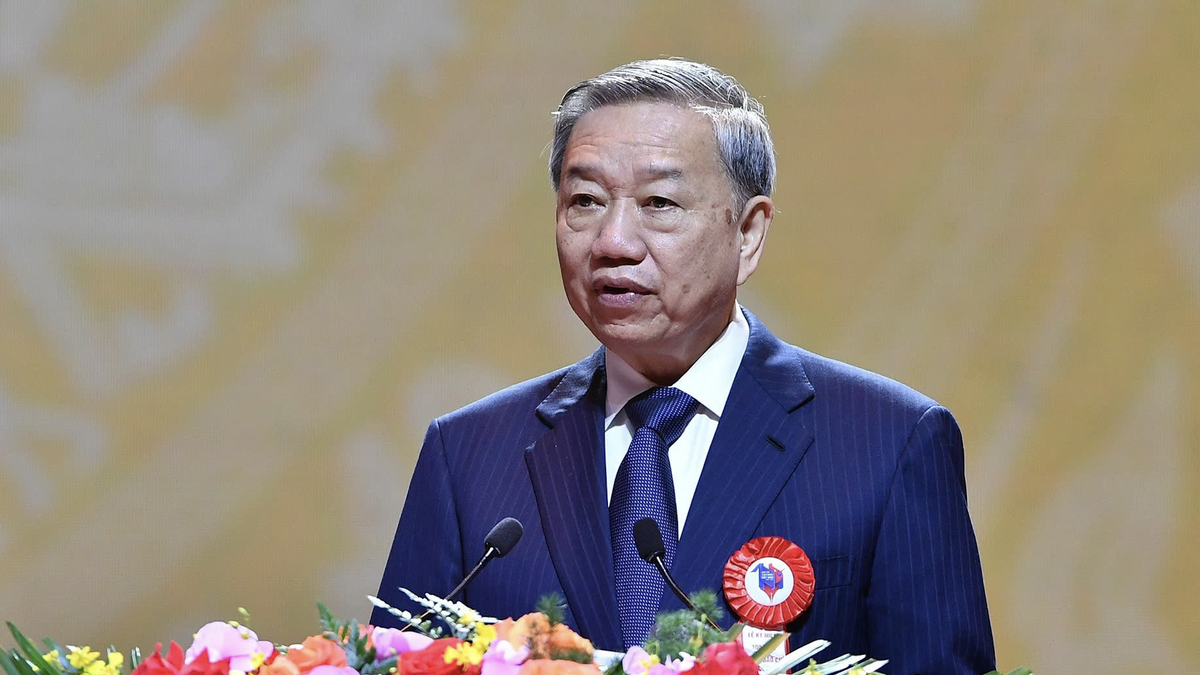


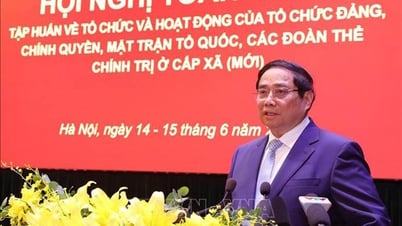




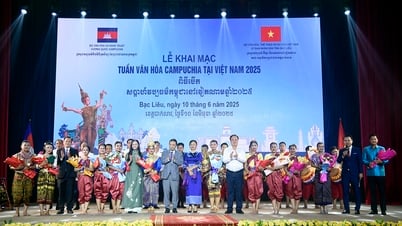










![[Photo] Central Propaganda and Mass Mobilization Department meets with exemplary journalists](https://vphoto.vietnam.vn/thumb/1200x675/vietnam/resource/IMAGE/2025/6/21/9509840458074c03a5831541450d39f8)




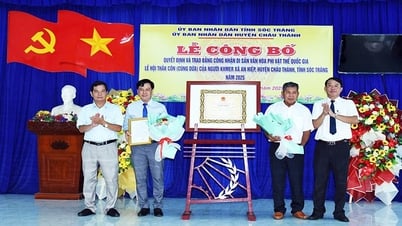










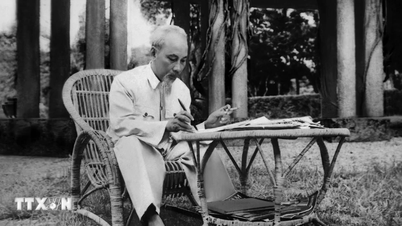






![[Maritime News] Wan Hai Lines invests $150 million to buy 48,000 containers](https://vphoto.vietnam.vn/thumb/402x226/vietnam/resource/IMAGE/2025/6/20/c945a62aff624b4bb5c25e67e9bcc1cb)

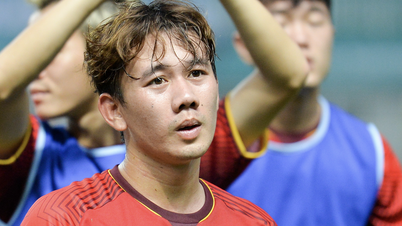
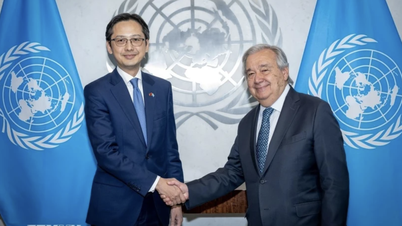
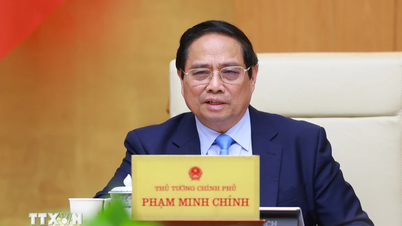





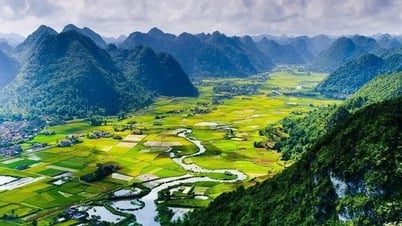




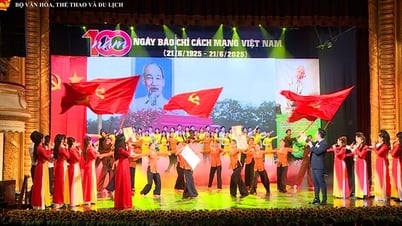


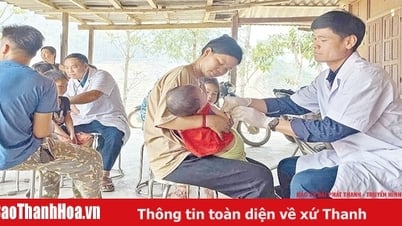

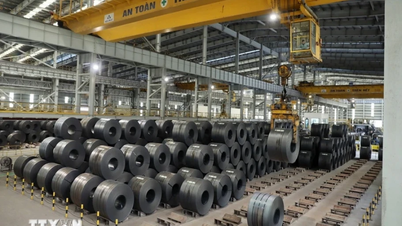
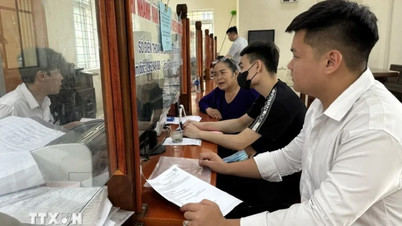
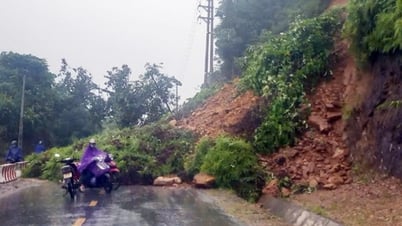

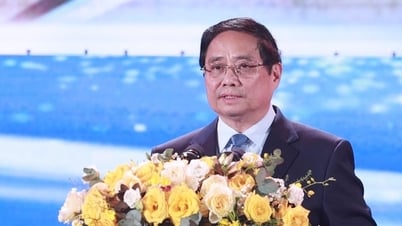











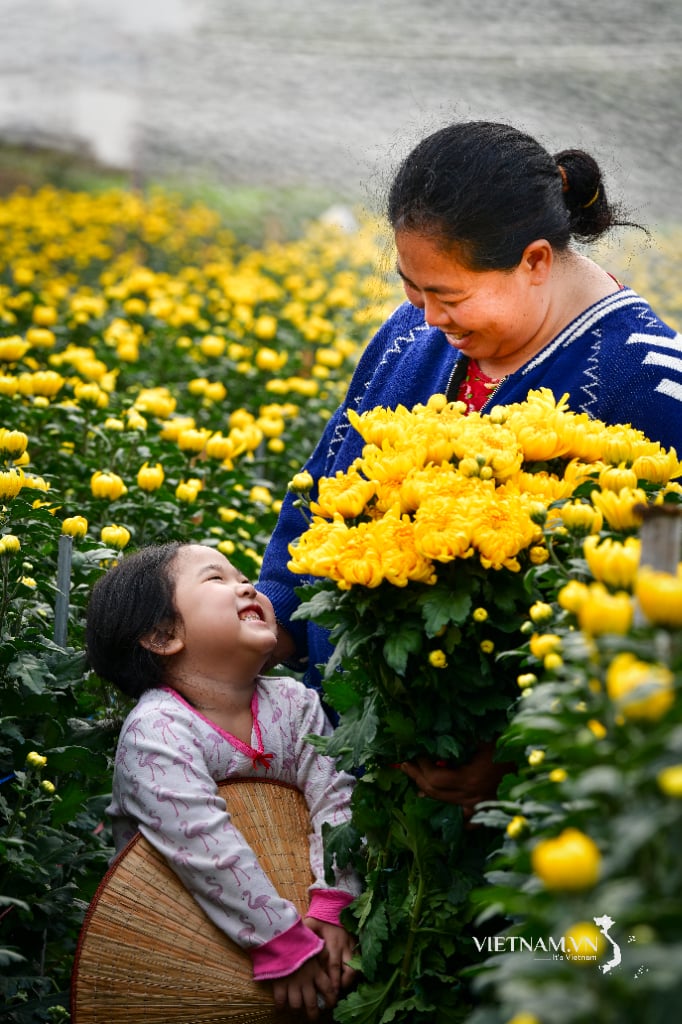
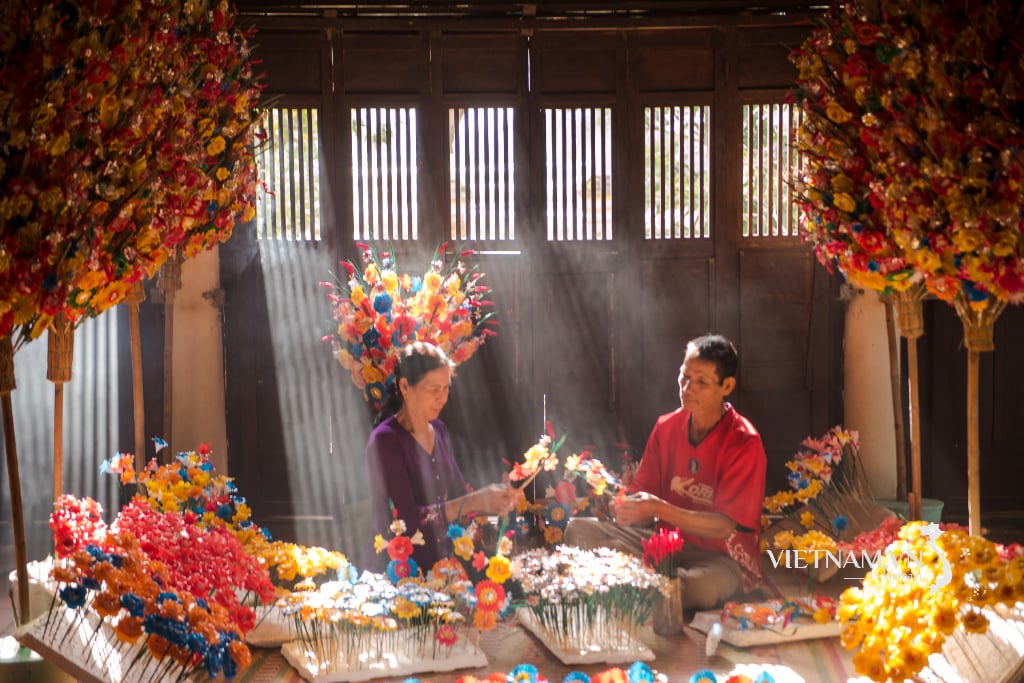
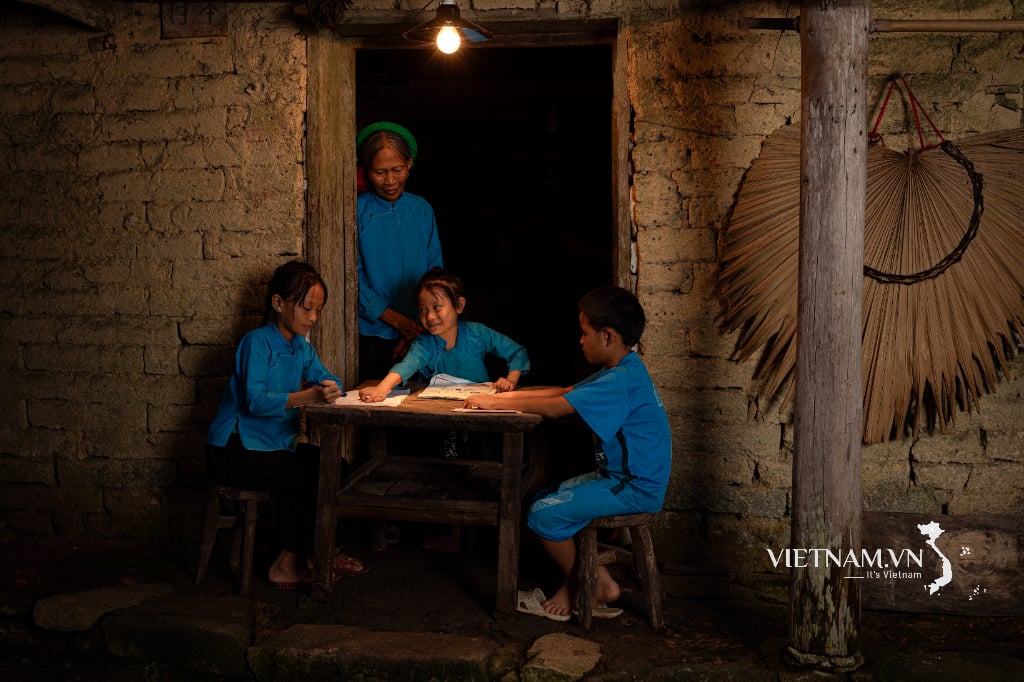
Comment (0)